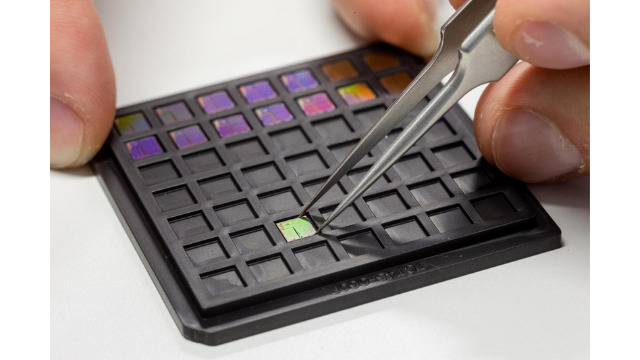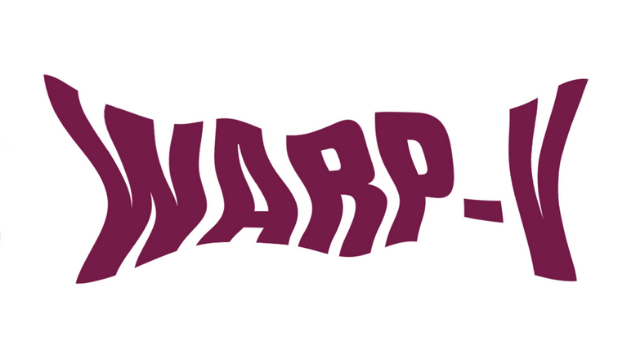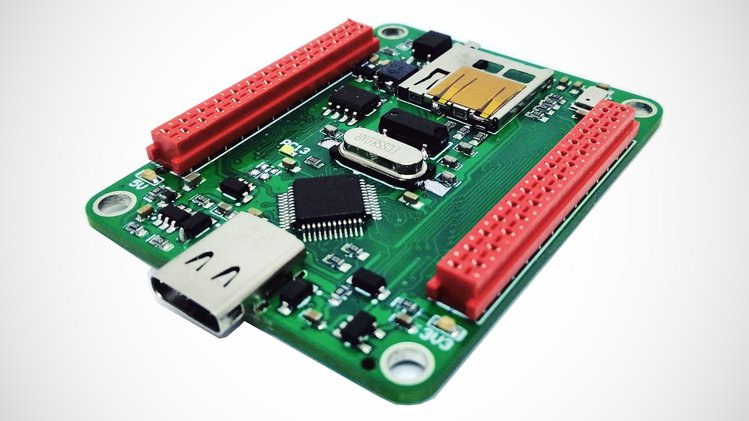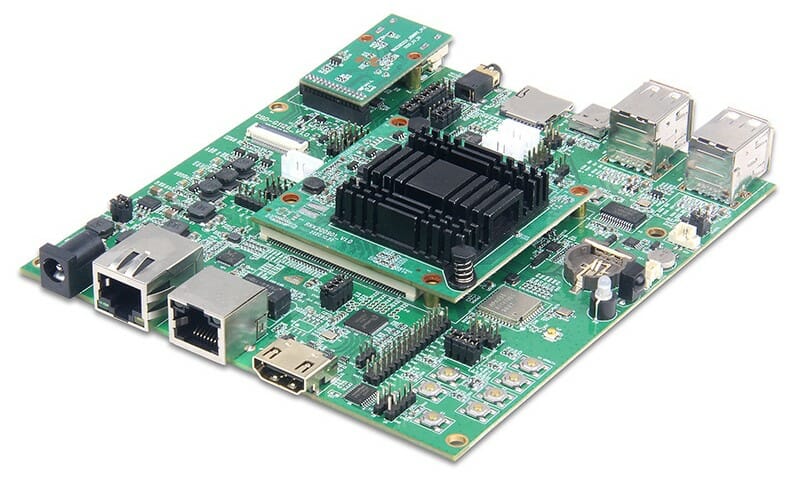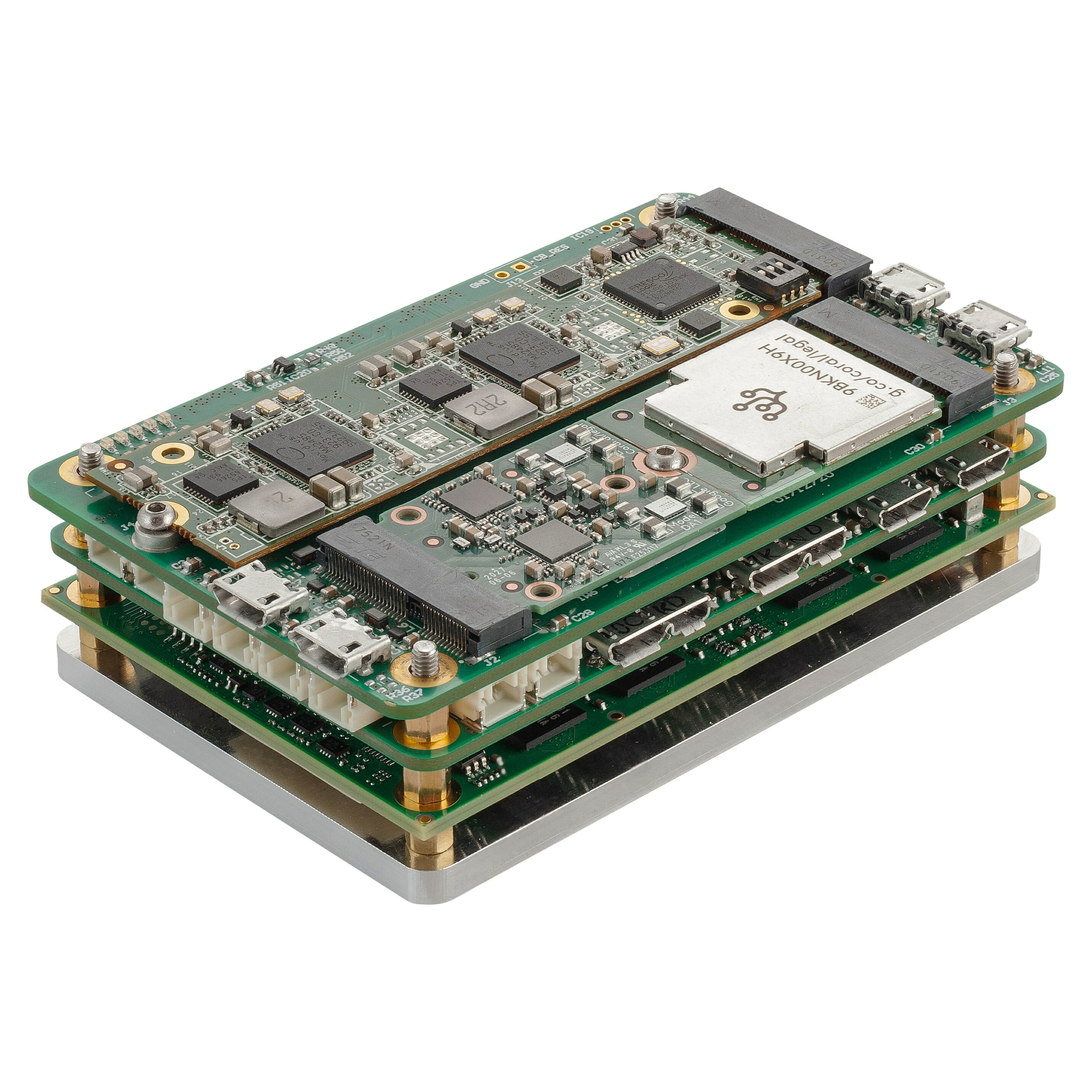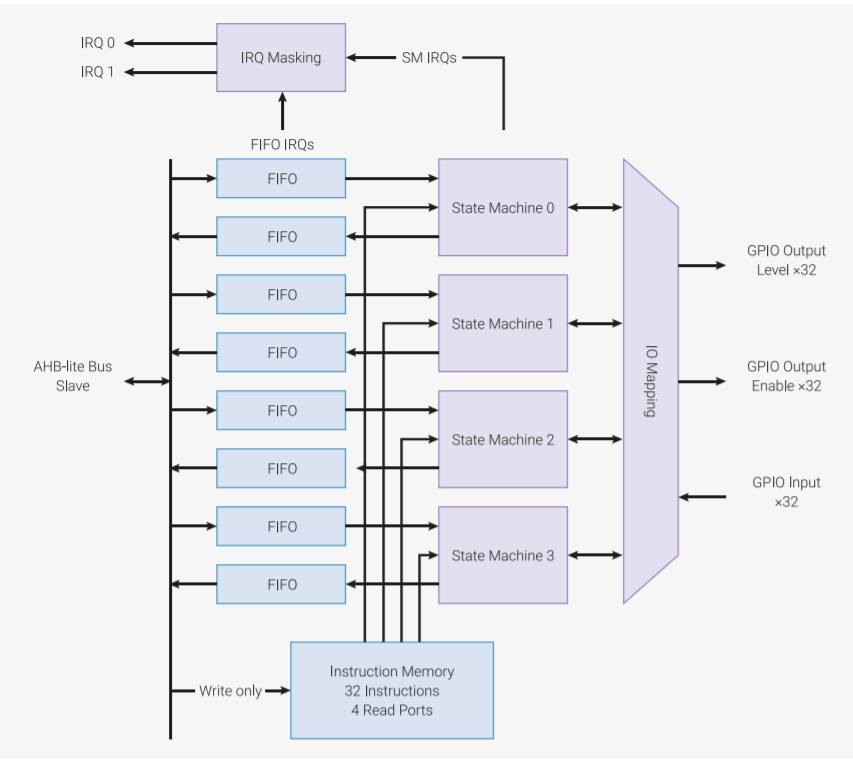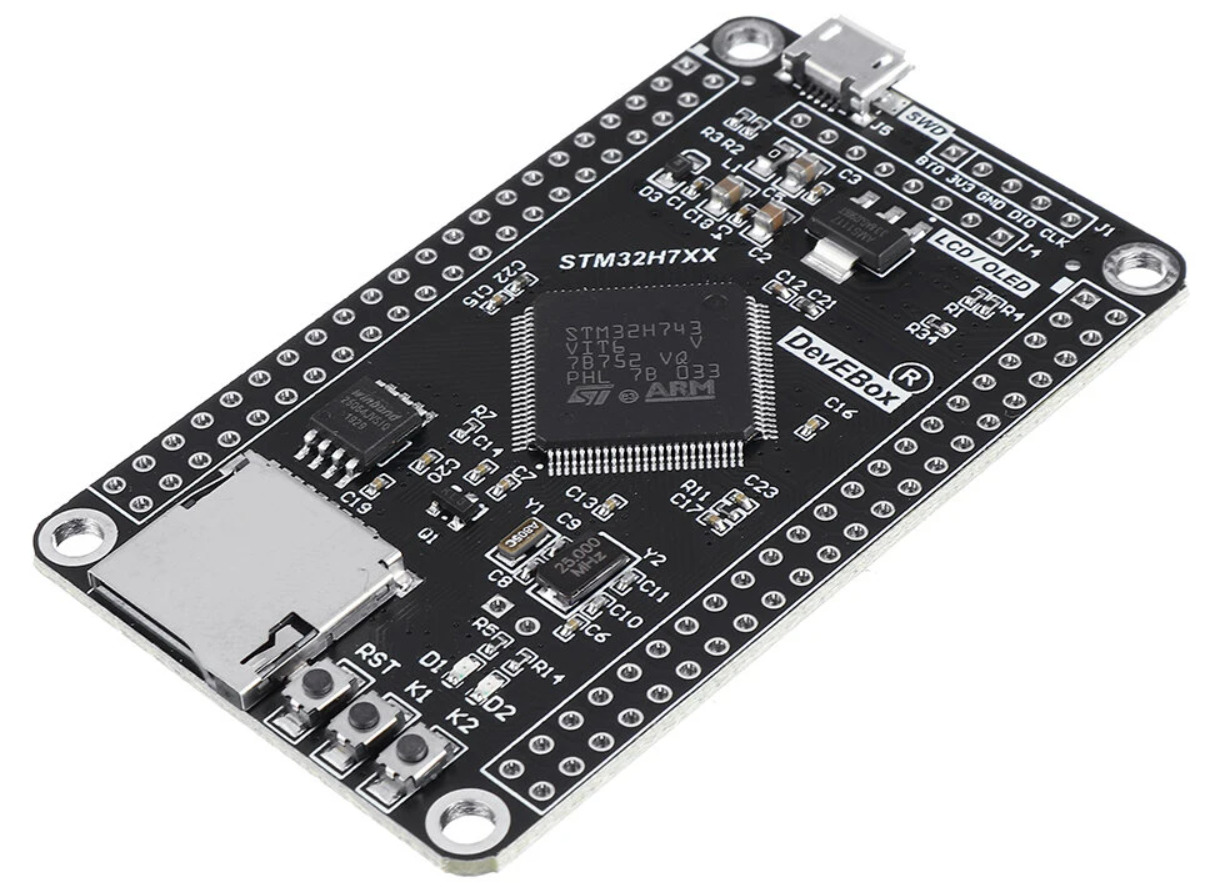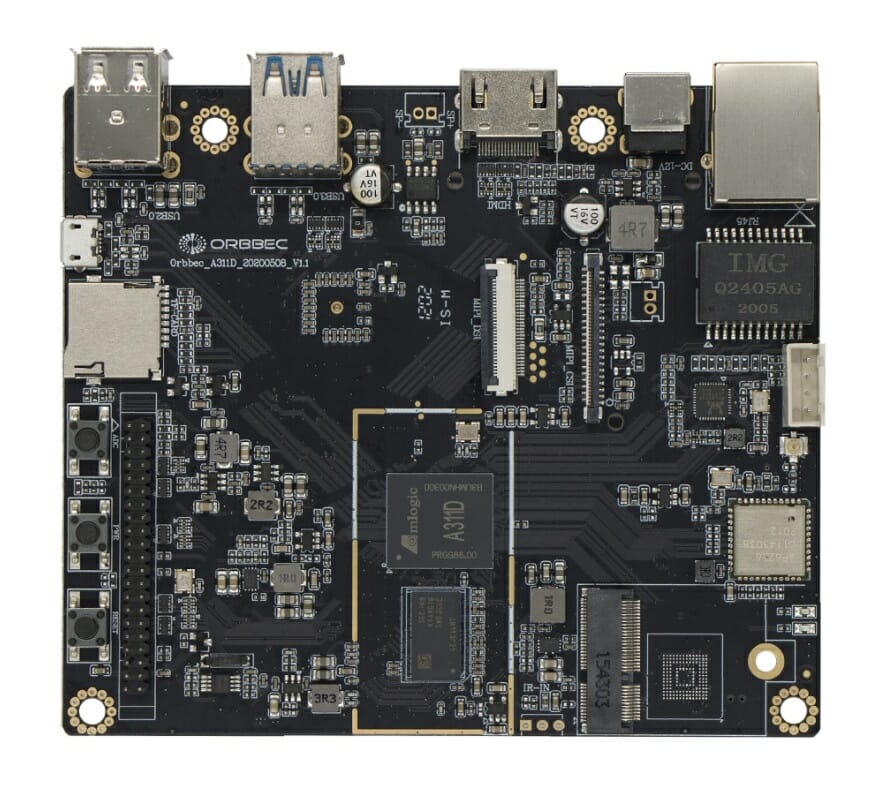CSEM and USJC together have developed an ultra-low-power RISC-V chip for electronic gadgets such as wearables. The semiconductor companies, from Switzerland and Japan respectively, have been in the market for a while, developing technologies for low-power chips. Their latest collaboration uses Adaptive Body Biasing (ABB) and Deeply Depleted Channel (DDC) to build an ultra-low-power RISC-V chip with all the required and necessary components. Originating from the labs of CSEM, the Adaptive Body Biasing dwells into the operating efficiency of all the modes of ON, Standby, and OFF. There has been the problem of power leakage in Standby and OFF operating modes, but the Adaptive Body Biasing technology helps design to minimize power leakage when the processor is not operating while keeping the best performance in ON mode. For most of the designs, the processor is in Standby mode waiting for the incoming data or the next event to be offered. […]
WARP-V: A RISC-V CPU Core Generator Supporting MIPS ISA
If you have been working on open standard RISC-V ISA CPU cores, there is a high chance that you have come across WARP-V. For newbies, WARP-V is a RISC-V CPU core generator written in TL-Verilog (Transaction-Level Verilog) that supports not only RISC-V but also MIPS ISA. WARP-V has been in discussion for a while due to its unparalleled architectural scalability in a small amount of code. The famous proverb “Necessity is the mother of invention” applies to the invention of TL-Verilog and with that this WARP-V CPU core generator. For decades, hundreds of engineers have been working on designing a single CPU core that was more complex in the race to achieve higher single-core performance. But with recent developments in the semiconductor industry, developer and engineer Steve Hoover, with decades of experience in designing CPU cores, has come up with the idea of developing a WARP-V core in just 1.5 […]
Board::mini development tools offer a complete Vehicle-Hacking Platform (Crowdfunding)
If you are looking to connect to a vehicle’s CAN bus, then the newly launched open-source board::mini development tools include a board and expansion boards that will aid your application. BMC labs have introduced a development board based on the STM32 MCU and supporting expansion boards to increase the capabilities of the baseboard via a crowdfunding project. As mentioned earlier, the board:mini base development board features an STM32 MCU at its heart and comes with a CAN transceiver. For those who do not know what a CAN transceiver is, it just transmits and detects data on the CAN bus. The board:mini project also includes three expansion boards designed to fit on top of the base development board. The bmc::board project was born to produce development tools appropriate for both field- and industrial-prototyping work. These boards were not designed to sit on a workbench. We ourselves have a habit of strapping […]
Geniatech DB1126 development board features RV1126 SoC for AI applications
Since the release of Rockchip RV1126 SoC, we have covered the detailed specifications on the chip and the RV1126-based Firefly dual-lens AI camera module. To take advantage of hybrid MCU cores from ARM and RISC-V, Geniatech has announced the DB1126 development board, a new addition to their long list of ARM Embedded developer boards designed to tackle any task requiring artificial intelligence. The new Developer Board 1126 development board gets its name from Rockchip RV1126 SoC with a quad-core ARM Cortex-A7 and RISC-V MCU and a neural network acceleration with performance up to 2.0 TOPS that support INT8/ INT16. As the company says, “DB1126 is a high-performance, versatile, high-computing (2TOPS) general-purpose, intelligent integrated carrier board + core board.” The board is not just a simple development board but also a carrier board with a core board connected via a board-to-board (BTB) double groove connection. Geniatech has provided the DB1126 development […]
This mini-computer is set to outperform NVIDIA Xavier by eight times
When it comes to high-end AI-edge computer boards, we have seen Hackboard 2 with support for Windows 10 operating system and optional 4G or 5G cellular connectivity. Fast Sense Studios is a Russian-based startup designing powerful on-board computers to bring edge AI capabilities to mobile robotics. At Embedded World 2021, the company has unveiled the Fast Sense X Robotics AI Platform that integrates the power of six computers into a single module. The company claims the newly launched edge AI computer outperforms the NVIDIA Xavier with over 8x higher performance in mobile robots thanks to the advanced DNN inference hardware. Apart from the Intel UHD GPU, the computer also integrates up to 3 Coral Edge TPU devices and up to 2 Myriad X devices allowing it to give optimum results even when on heavy workloads. “We believe in the future where reliable physical agents become relevant for routine tasks that […]
A closer look at Raspberry Pi RP2040 Programmable IOs (PIO)
The popularity of Raspberry Pico board powered by RP2040 microcontroller has made every reader wanting to know more about the board and chip. So today we will be talking about RP2040’s Programmable IOs, a feature that makes it different from most other microcontroller boards. The two PIO blocks or let’s call it the hardware interfaces in the RP2040 have four state machines each. These two PIO blocks can simultaneously execute programs to manipulate GPIOs and transfer raw data. Now, what do these state machines do? Well, the PIO state machines execute the programs fetched from various sources. Sometimes the programs are taken from the PIO library (UART, SPI, or I2C) or user software. Why Programmable I/O? All the boards usually come with hardware support for digital communications protocols such as I2C, SPI, and UART. However, if you plan to use more of these interfaces than what is available on the […]
DevEBox STM32H7 Development Boards are made for Factory Automation
When it comes to STMicroelectronics’ STM32H7 series, there are three product lines- Dual-core lines, Single-core lines, and Value lines. ARM Cortex-M7 based – STM32H7 MCU series is capable of delivering 1327 DMIPS/ 3224 CoreMark. These MCUs are designed for factory automation (HMI, process control, power management), connectivity & security (Alarm panel, Wireless Modules). To continue with the growth of the STM32H7 series, we have China-based MCUdev DevEBox’s STM32H7XX-M development boards taking a single-core line and a value line module. The two STM32H7XX-M development boards use STM32H743VIT6 and STM32H750VBT6 core modules. The STM32H743VIT6 comes from a single core line that offers ARM Cortex-M7 gets up to 2 Mbytes of dual-bank flash memory and 1 Mbytes of RAM. While the STM32H750VBT6 module from the value line is one of the cost-effective STM32H7 devices featuring 128 Kbytes of flash memory. STM32H7 Development Boards These boards from MCUdev measure approximately 40mm x 68mm in […]
Zora P1 Amlogic A311D Development Board interfaces with Orbbec 3D Cameras
We have already seen the powerful Amlogic A311D powered Khadas VIM3 SBC, and Orbbec announced the Zora P1 development board for Orbbec 3D cameras, supporting robotics, gaming, smart homes, etc. Some of the other products showcased at the CES 2021 by Orbbec include its first 3D sensor with time-of-flight (TOF) technology, the latest Astra+ camera, and a real-time industrial 3D camera. “Innovations in 3D imaging, combined with broader advances like 5G, artificial intelligence, and ultra-fast processors, are transforming the application landscape for designers and engineers,” said David Chen, co-founder, and director of engineering at Orbbec. “Our new camera with time-of-flight (TOF) technology is a great example. Its high resolution and tracking capabilities make it perfect for all kinds of products including fall detection, security, even at-home yoga and exercise products.” Orbbec’s Zora P1 Development Board Zora P1 is a processing board for developers and enthusiasts to integrate 3D imaging and associated computing tasks for demanding industrial applications. Orbbec has specially designed this long-lasting solution to work with its 3D […]


